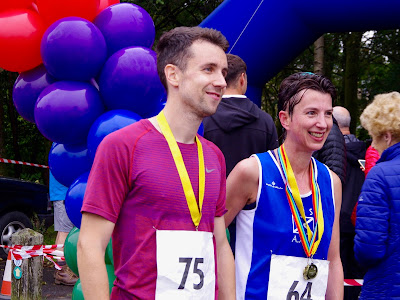 |
| Lord's Pavilion |
My first visit to Lords for the final England versus West Indies Test Match. Lords prides itself on being the home of cricket, it is the epicentre of men with straw hats, white jackets and red and yellow MCC ties. We alighted from the tube station at St John's Wood, it too was from another age with its bronze art deco lined escalators built as part of London's effort to recover from the great depression in the interwar period. Lords is just a short walk up Wellington Road, dodging the Bentleys and Aston Martins in a parade of the comfortably well off cricket lovers. The ticket touts were out adding a good mark up price for tickets despite the likelihood of the cricket ending early.
We called at a discretely located Tesco Metro for some beer and tins of G&T. Champagne bottles were being swiped through the checkouts quicker than you could say, Jimmy Anderson. The crowd was a strange mix, amidst the Henry Blofield doppelgangers were lots of young city types in Saturday smart but casual clothes, a good proportion of women, and quite a lot of West Indian supporters draped in maroon jumpers and jackets.
I had not watched a Test Match since a game at the Sydney Cricket Ground in January 1979. We were sitting on the Hill, a grassy slope that catered for the working classes, we had large Esky fully loaded with 24 bottles of beer encased in bags of ice. The sun was relentless and Derek Randall was fidgeting rather than batting. The raucous Aussi crowd hollered and cursed him, we had to top up the Esky to relieve ourselves from the heat and keep pace with the locals.
I wished it had been the West Indians playing but they had absconded to play in the Kerry Packer World series tests. They had killer bowlers as well as brilliant batsmen and fielders.I had been weaned on watching cricket at Old Trafford, Headingley and Bramall Lane. My two teams were Lancashire and the West Indies with the great Clive Lloyd playing for both of them. The West Indies just steamrolled the opposition, scoring freely, and having four quick bowlers who simply knocked down the batsman as well as the wickets. Michael Holding or 'whispering death' as he was known had, along with Dennis Lillee, the best action of any fast bowler.
So England v West Indies at Lords could not have been more different: the seats were comfortable in the Grandstand and we were square with the wicket at the Nursery end. The drink consumption was modest with wine and champagne drinkers keeping pace with the beer swillers. The crowd interaction was more about polite applause than chants and abusive comment, conversations around us seldom lingered on the cricket. The ground was festooned with adverts for finance companies, beer, cars and the lunchtime entertainment was by a band of Gurkhas. This was a fusion of the corporate world with the last vestiges of the empire.
The omens were not good for the West Indies, they have lost their mojo as cricketers and it was an inexperienced team although they had surprised England in winning the second Test. Jimmy Anderson, had already taken two wickets including his 500th Test wicket the night before making him another Lancashire legend. The West Indies were only 22 runs ahead at 93 for 3 and conditions favoured the bowlers. Jimmy bowled the first over, running up with his whippet-like approach and bowling in a controlled but menacing style. It was plain to see that having passed the 500 mark he was going to enjoy himself against the fragile West Indies batting. His second ball brought a caught behind. He proceeded to be unplayable and managed a final haul of 7 for 42, his best ever bowling figures in a Test. Even Michael Holding and Dennis Lillee would have been proud of such a performance.
The game and series was over by 4:30pm. We had seen 157 runs and 8 wickets, not the most exciting day of cricket. Nevertheless, a day at Lords was worth the wait, a relic of past pleasures in the dark days of Brexit.
 |
St John's Wood Tube station with a better class of elevator
|
 |
| Four slips and a gulley |
 |
| Jimmy gets another wicket |
 |
| The end of summer |
 |
| Game over |
 |
| Celebrating victory and Jimmy's 7 wickets |

























